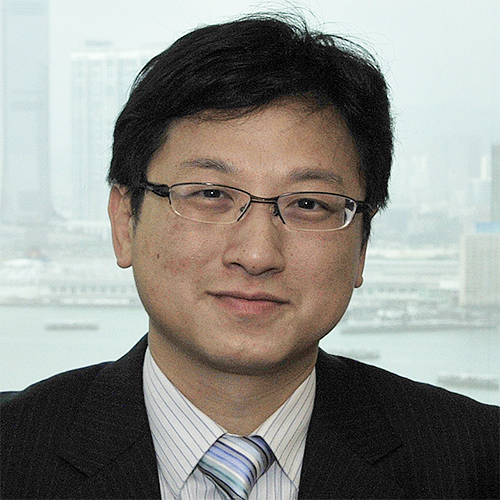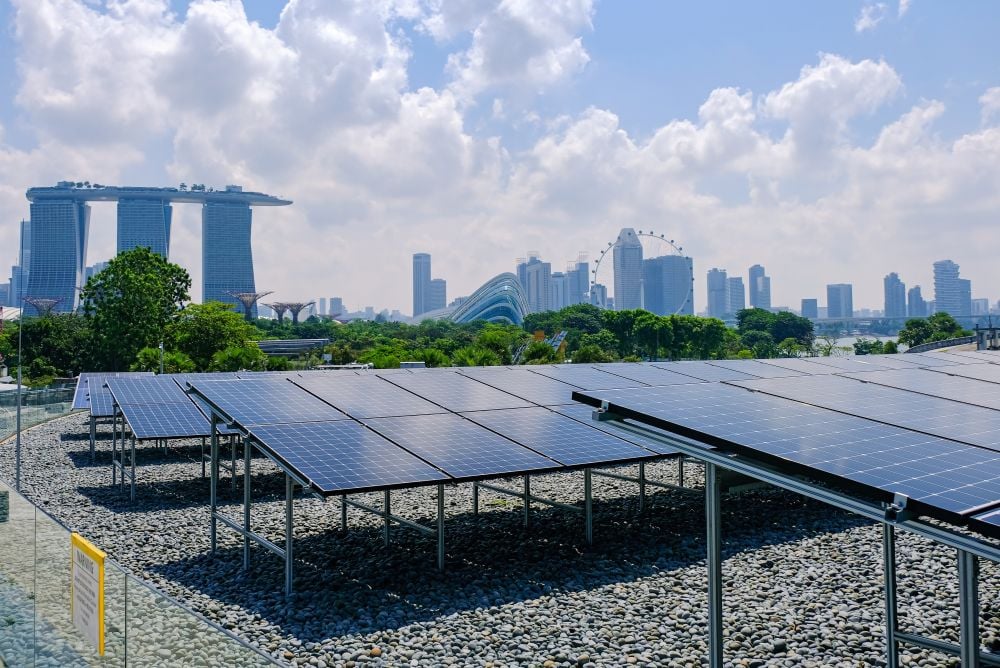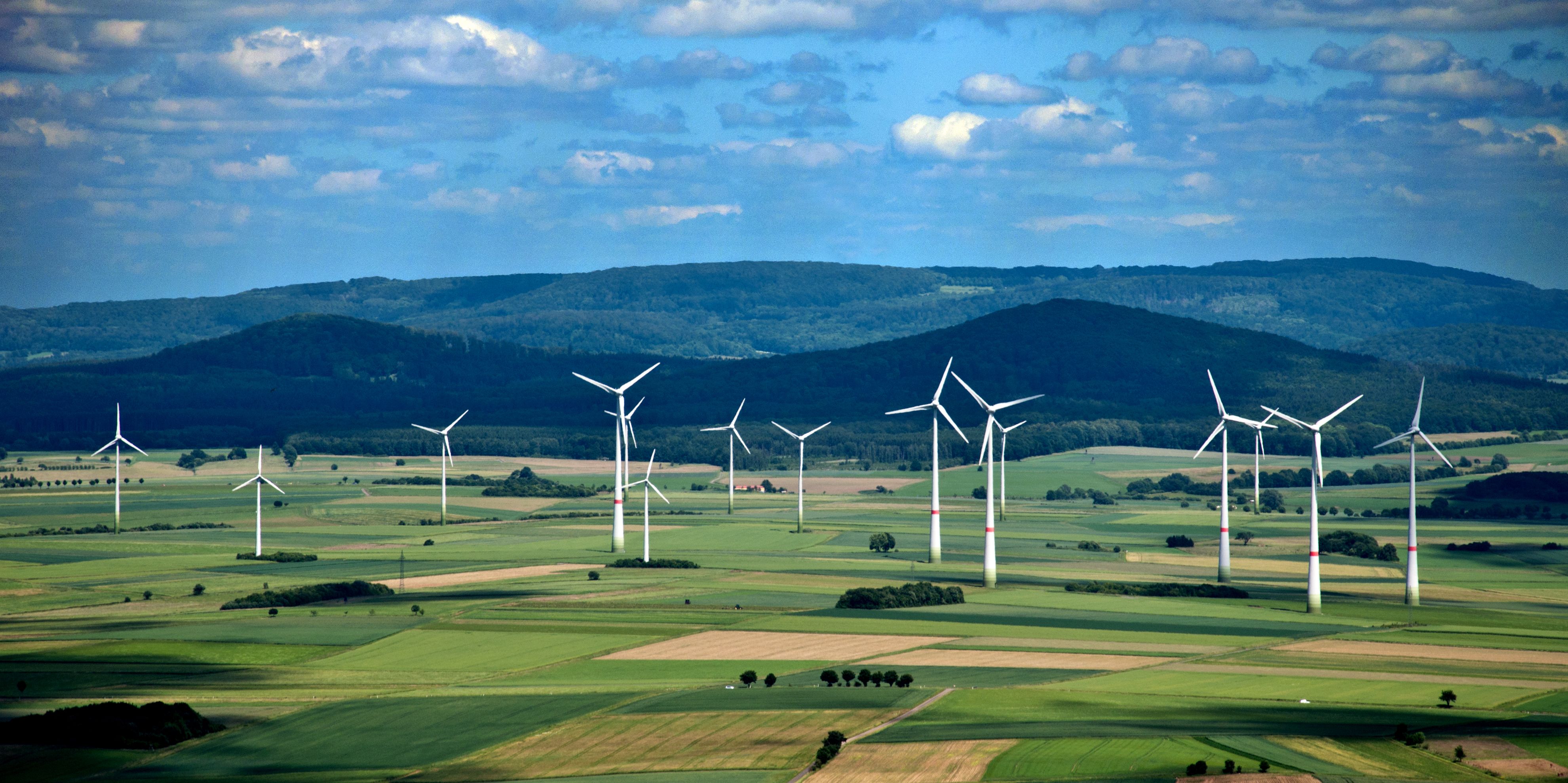A staggering nine billion people will inhabit the earth in the next 40 years while in the next 50 years, the global agricultural industry will have to produce more food not seen in the previous 10,000 years, according to Global Harvest Initiative, a respected private sector think-tank supported by leading commodity companies. Mind boggling but not far fetched, considering the world’s population stood at 6.94 billion as of July 2011 based on United States Census Bureau data.
The ever-growing consumption of food, feed and fuel has led to an increased demand for agriculture commodities, projected to reach 2.5 billion metric tonnes from 2006-2015, Goldman Sachs numbers disclosed.
Experts believe supply inadequacy, as well as rising economic wealth, will support the global agricultural markets in the long term. Given this backdrop, a strong environment for agricultural products and services will persist over the long term to meet demand.
On top of this future world order, the continued uncertainty and extreme volatility in financial markets are generating much interest among investors in commodities, particularly agriculture and global resources.
Preferred commodities identified
The fundamentals for agriculture and global resources as asset classes remain strong, with a supply side that is under pressure to meet the increasing demand being driven by emerging markets. Investment opportunities in global resources are firmly intact in the long term as global demand for such resources is driven by the ongoing industrialization and urbanization in fast-growing emerging markets.
 |
|
| Govan: World economy entering a period of weaker global growth, not recession |
In terms of valuation, James Govan, co-investment manager of the Baring Global Resources Fund and Baring Global Agriculture Fund, believes that the recent market sell-off has made valuations more attractive, thus opening opportunities for investors.
“On a general level, we favour commodities with supply constraints and where China, in particular, is structurally in deficit. Demand for base metals in China is also likely to see a marked increase as a result of its central government targets to construct eight million units of affordable housing in 2012. Our current exposure is thus focussed on copper, iron ore and coking coal, which are market areas where we deem fundamentals are the strongest,” he explains.
The Baring Global Resources Fund and Baring Global Agriculture Fund were launched on December 12 1994 and January 15 2009, respectively. As of July 31 2011, the former had US$968 million in assets under management (AUM) while the latter had US$265.2 million in AUM.
In terms of performance, the Baring Global Resources Fund posted growth levels of +19.7% in 2010, +60.9% in 2009, -61.3% in 2008, +44.5% in 2007 and +36.0% in 2006.
The Baring Global Agricultural Fund had growth levels of +17.9% against a benchmark of +16.8% in 2010 and +39.4% against a benchmark of 32.0% in 2009.
“A number of commodities have constraints to bringing in more production as resource companies are increasingly having to exploit technically and geologically challenging deposits in more politically challenging geographies,” Govan notes.
Structural long-term demand for agriculture is being driven by food for humans, feed for animals, and fuel. In such a situation, the case for investing in a basket of agricultural-themed equities continues to be supported over the medium and long term. This is against a backdrop of soft commodity prices and supply coming under significant pressure to match strong demand.
“The rising price environment for grains has improved farmers’ profitability, which benefits upstream sectors with farmers incentivized to maximize production through applying optimum levels of fertilizer and using the best seeds. Farmers have also been using their strong financial position in terms of profitability and balance sheets to purchase agricultural machinery,” Govan explains.
He believes grain prices should stay high from a historical perspective in the foreseeable future because soft commodity prices should be well supported as global grain inventories relative to consumption are kept low from a historical perspective. Moreover, higher food prices are needed to encourage investment to boost supply, and this should also lead to a strong environment for agricultural products and services over the long term.
Positive indicators starting to show
On sector allocation, Govan explains that Barings is positioned towards upstream sectors such as agrochemicals and agricultural machinery companies because crop prices are likely to remain high, providing a healthy climate for these enterprises.
“The uncertainty in the current economic environment, a negative real interest rate, as well as a structurally weaker US dollar also provide strong support for precious metals such as gold, which are seen as safe haven investments,” the Barings executive says.
The oil price is also expected to be strong although there may be a downside risk to this with expanding production in the second half of the year. As such, Barings has recently reduced its holdings in this area.
Commenting on the market outlook, Govan says that although the risk of a “double dip” has undoubtedly rose, Barings holds that the world economy is entering a period of weaker global growth rather than an outright recession.
“We believe that if the economic outlook in the US deteriorates significantly, the likelihood of a third round of quantitative easing will rise, especially with few fiscal levers available to policymakers. A resumption of the US Federal Reserve’s asset purchase scheme would be very positive for real assets such as commodities, with resources-related equities benefiting as a result,” he comments.
“Other positive indicators, including the economic rebound in Japan after the earthquake in March, are also starting to show. More importantly, the inflationary pressures in China are beginning to ease following a series of rate rises by the central bank. This development should give support to the asset class as the Chinese demand for commodities picks up, subsequent to a temporary policy-induced lull,” Govan says.








